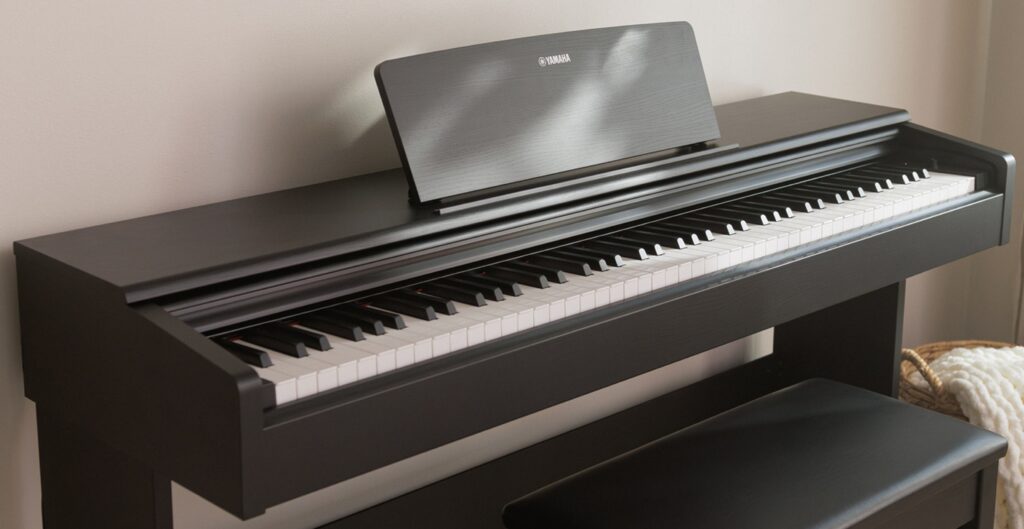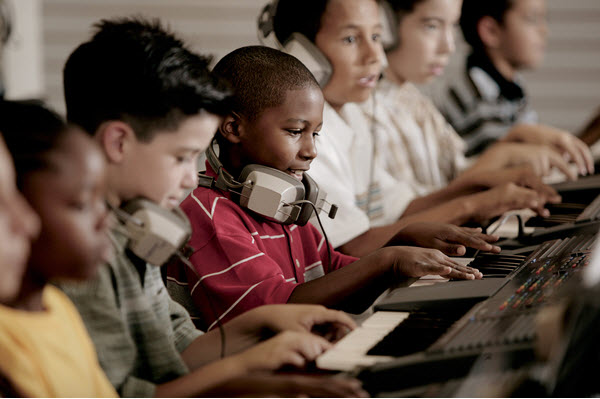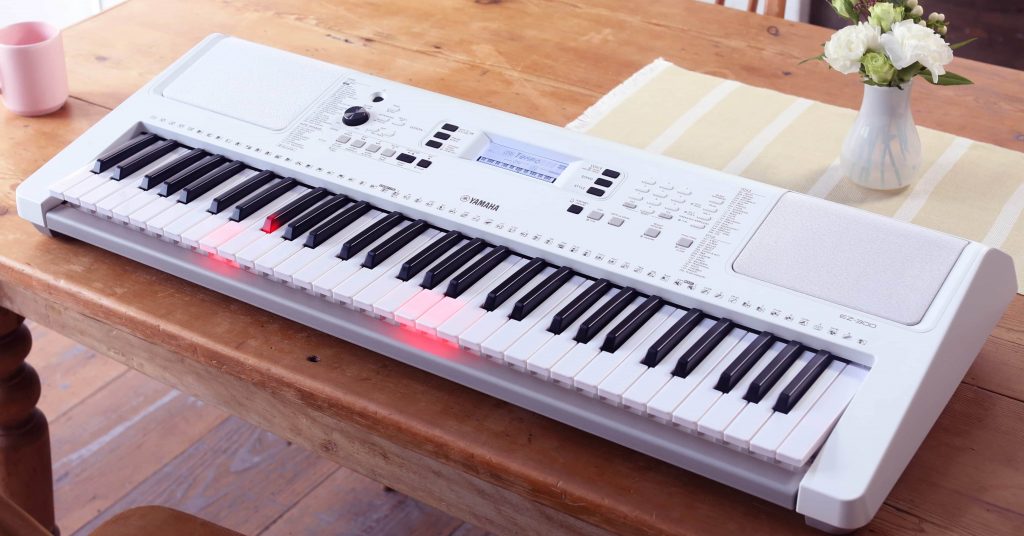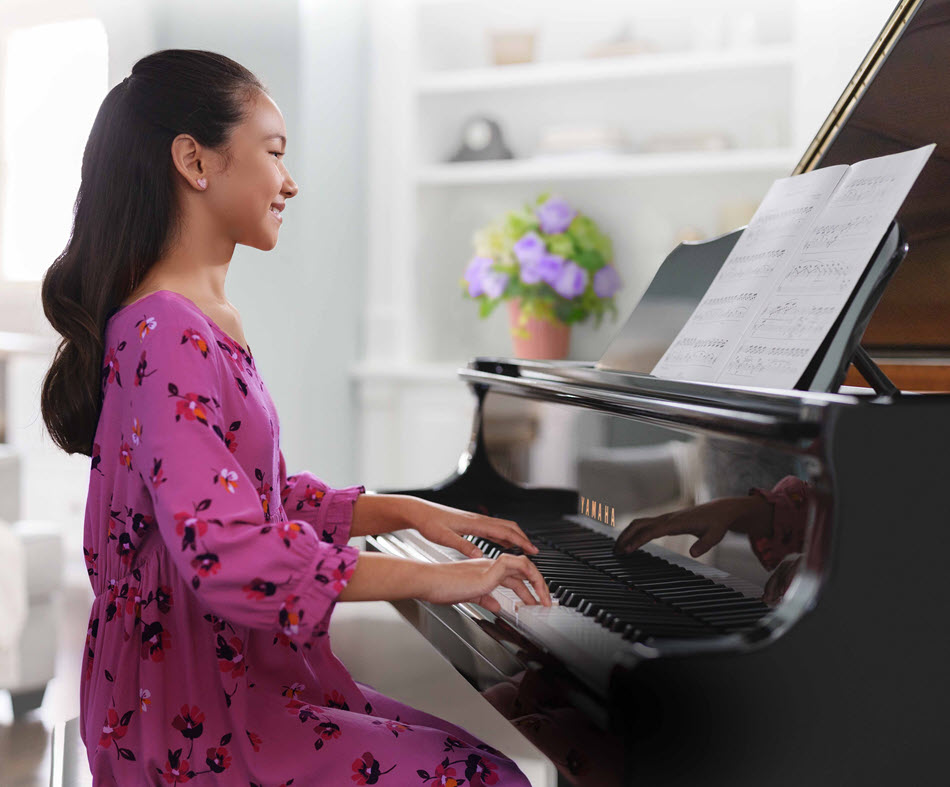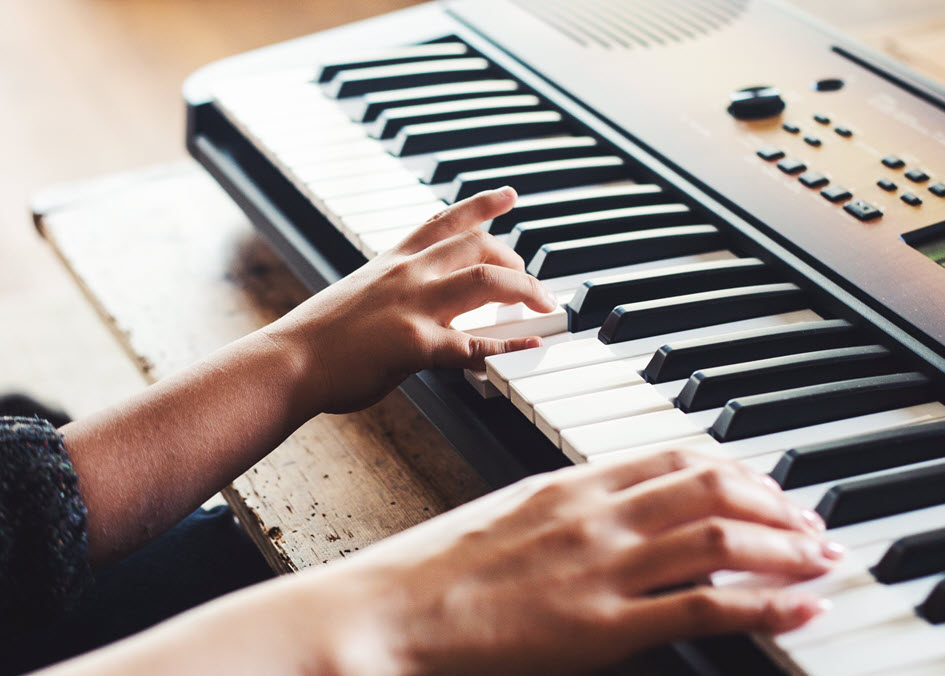How Portable Keyboards Can Keep Your Child Engaged in Music
Features to keep your child’s interest while they continue to learn.
A parent of one of my piano students recently asked me how the portable keyboard they purchased for their son can continue to keep his interest after the initial razzle dazzle wears off. It’s an important question that many parents have asked me.
I actually love answering questions such as this, especially in relation to Yamaha portable keyboards, because they’re chock full of useful features.
However, I first need to ascertain what direction the child’s musical education is heading, i.e. are they learning music theory? Are they learning about rhythm? Are they learning how different instruments relate to each other? To what type of instruments and music are they drawn? Once we have a greater understanding of this, the information can be used to leverage the features inherent in their specific keyboard to keep the child engaged.
Let’s say a student has just begun to learn to play, using a Yamaha PSR-E473. Given that this instrument has over 800 Voices (i.e., sounds) – and given that this child is just exploring their musical capabilities – a great start would be to go through each Voice individually and see which ones capture the child’s attention. I once had a student that loved the string Voices on their keyboard, particularly the cello Voice, so I encouraged them to figure out what the accurate note range of a cello is – that is, where on the keyboard a cello sounds good. This not only deepened their understanding of the keyboard, but of the cello as well. This exercise can be applied to virtually any Voice in your keyboard. That should keep ’em busy for a while!
Another feature I absolutely love – something which resides in every Yamaha PSR-E series keyboard – is the Chord Dictionary. After over 30 years of playing, I still use it myself! This incredibly useful feature can show anyone how to play almost any chord on their keyboard – from a simple C Major 7 to a more complex C7♭9 chord. To me, this is the gift that just keeps on giving.
Rhythm – the musical element that makes us clap our hands and shuffle our feet on the dance floor – can be challenging to teach a student. Most Yamaha portable keyboards come with onboard rhythms, and talk about a great exercise in learning – just call one up and hit Start! Whether it’s a straight rock beat, something country, jazzy or a Latin bossa nova, diving into rhythms is a great way to teach a student about timing in music.
One of my all-time favorite features – and something that is integral in keeping an aspiring student engaged in their Yamaha portable keyboard – is the Yamaha Education Suite. This super cool feature can actually teach anyone to play by breaking down songs into individual components such as pitch and rhythm. You can practice one hand of a song alone while the instrument plays along with the other, or, try WAITING mode, which actually pauses the accompaniment until you play the correct notes indicated on the display. There’s even a mode call MINUS ONE that grades you at the end of your performance.
Hopefully that sheds some light on how to keep your child playing their keyboard for a long time to come!
Click here to view the full line of Yamaha portable keyboards.











